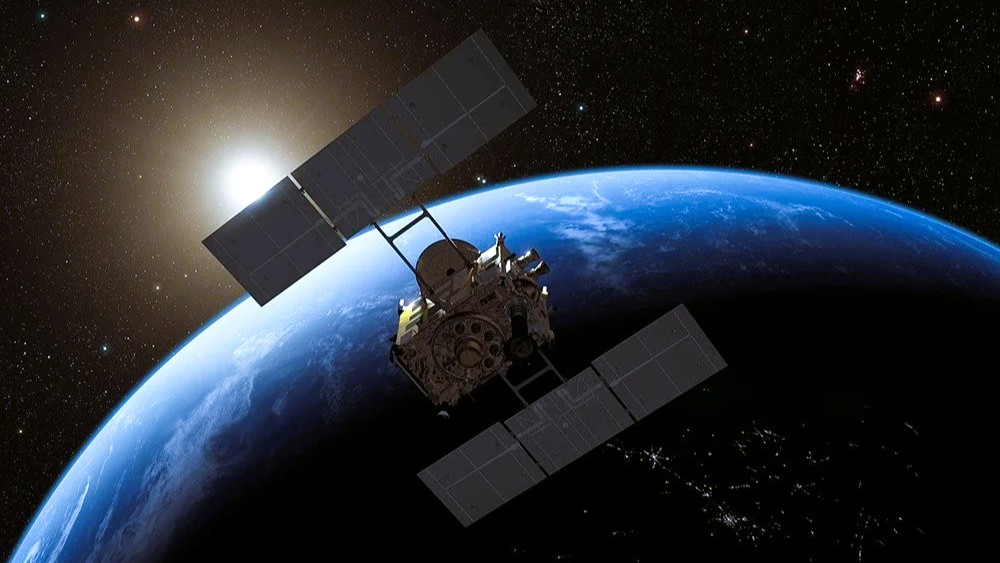
Satellites orbit Earth and even farther planets. They must maintain precise attitudes. Precise attitude control proves crucial. It ensures success in capturing highresolution images of distant galaxies. It also enables transmitting communication signals. Moreover, it supports monitoring weather patterns. Satellite attitude control determines overall mission success.
Reaction wheels essentially serve as momentum exchange devices. They control attitudes of satellites and spacecraft. A flywheel—a rotating disk or wheel—forms their core. An electric motor drives its rotation. Engineers install the flywheel inside the satellite. The system accelerates or decelerates its spin. This action generates torque. Consequently, the entire spacecraft rotates in the opposite direction.

Unlike thrusters that expel propellant for thrust, reaction wheels avoid mass ejection. They suit longduration missions requiring fuel savings. Satellites typically equip three or four reaction wheels. They align along principal axes (x, y, z). This setup controls pitch, yaw, and roll. A fourth wheel provides redundancy. Thus, the system functions even if one fails.
Reaction wheels vary in size and capacity by satellite needs. For small CubeSats, they become compact devices weighing just a few kilograms. Large observatories like the Hubble Space Telescope use powerful versions. These handle greater momentum storage. Vacuumcompatible housings seal the devices. They withstand space’s harsh conditions, including extreme temperatures and radiation.
Fuel Efficiency: Unlike chemical thrusters, they consume no propellant. This significantly extends mission lifespans. Deepspace probes, unable to refuel, rely on this feature heavily.
Precision and Smoothness: They deliver fine control with minimal vibration. Telescopes and imaging satellites benefit from stable pointing.
Low Power Consumption: Solar panels supply their electricity. They prove more energyefficient than highthrust systems.
Compact Design: Small size and light weight save payload space. CubeSats and nanosatellites integrate them easily.
Vacuum Reliability: They require no external interactions. Isolated space environments suit them perfectly.
These advantages extend millennia of wheel innovations. They adapt seamlessly to modern aerospace demands.
Disadvantages and Limitations of Reaction Wheels
Momentum Saturation: As mentioned earlier, wheels reach maximum speeds. Desaturation operations become necessary. These may involve fuel or extra hardware.
Mechanical Wear: Bearings and motors suffer from friction. Moving parts eventually fail, as seen in the Kepler mission.
Limited Torque Output: Quick maneuvers or large satellites demand more torque. Hybrid systems often supplement them.
Power Dependency: They rely on the satellite’s electrical system. Failures here render them inoperative.
Cost and Complexity: Highprecision models cost dearly. Integration requires sophisticated control algorithms.
Send us a message,we will answer your email shortly!